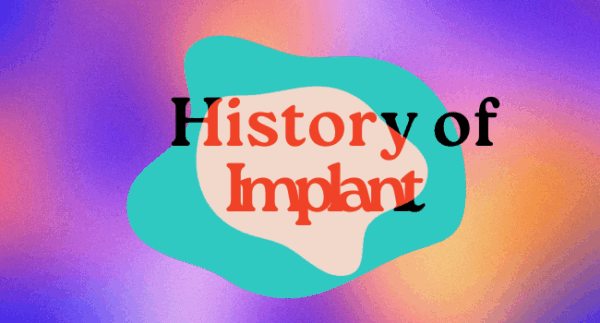Aug 14

Help Us Protect Access to Sexual and Reproductive Health Care Today!
The Reproductive Health Access Project has finished updating the Medical Eligibility Criteria for Initiating Contraception based on the 2024 CDC Medical Eligibility Criteria (MEC) and Selected Practice Recommendations (SPR) for Contraceptive Use. This is a reference tool for clinicians who want to check a patient’s medical eligibility for initiating various forms of contraception as they…
Written by Silpa Srinivasulu, MPH After the Dobbs v Jackson Women’s Health decision overturned Roe v. Wade in June 2022, nearly half of US states banned or severely restricted access to abortion care. To date, 12 states ban abortion in nearly all circumstances and six restrict abortion at 12 weeks of pregnancy or less. While…
Written by C. Peony Khoo, MD Early pregnancy loss (EPL) – also called miscarriage or spontaneous abortion – is the spontaneous loss of a pregnancy before 13 weeks’ gestation. EPL is common, occurring in up to 15% of clinically recognized pregnancies, and nearly one in four people capable of pregnancy will experience EPL in their…
Written by Leila Jade Levi Leila Jade Levi is a Senior Counsel for Reproductive Rights and Health at the National Women’s Law Center. This article is for educational purposes only. It does not create an attorney-client relationship and shall not be construed as legal advice. Even before the Supreme Court overturned the constitutional right to…
This Insight is an update to a previous Contraceptive Pearl article published in May 2021. After an abortion, patients may want to start or change contraception. Depending on a patient’s medical eligibility, the following contraceptive methods are safe and effective post-abortion: Estrogen/progestin pill, patch, ring Progestin-only pill, injection, implant, IUD Copper IUD Barrier methods Sterilization…
Written by Rory Tito, MPH Early pregnancy loss (EPL), also known as miscarriage or spontaneous abortion, is the loss of a pregnancy in the first trimester (12 6/7 weeks) of pregnancy. EPL happens in 10% of clinically recognized pregnancies, and 1 in 4 people with the ability to get pregnant will experience EPL in their…
Written by Robin Wallace MD MAS, Rosa Topp MSN, RN Medication abortion is now more common than procedural abortion in the United States , and a critical access point for many abortion seekers via both in-person and telehealth care since Dobbs. Common practice is to offer medication abortion through 11.0 weeks estimated gestational duration (EGD),…
Written by Rachel Chisausky, DO Missed-period pills are a new take on the age-old practice of “bringing down” a late period. Menstrual regulation (MR), or the use of a variety of methods to “establish nonpregnancy after a missed period,” was traditionally the purview of midwives, and was generally accepted until “quickening.”* Later, the self-help movement…
Introducing Access Watch – RHAP’s 2024 Advocacy Campaign The Reproductive Health Access Project is excited to announce that we are launching our 2024 ongoing advocacy campaign, Access Watch, that will address key areas of sexual and reproductive health access, rights, and freedom in 2024. Access Watch was created due to the increasing attacks on sexual and…
This post was written by Megan Corbett, RN, in January 2013 and updated by Brandy Bautista in March 2024. Today, many intrauterine devices (IUDs), a form of long-acting reversible contraception (LARC), are small, T-shaped plastic rods with two arms and a string. They are inserted into the uterus to prevent pregnancy. The history of the…
Your gift allows us to train and support health care providers across the United States so they can offer patients compassionate and comprehensive care.
Aug 14
